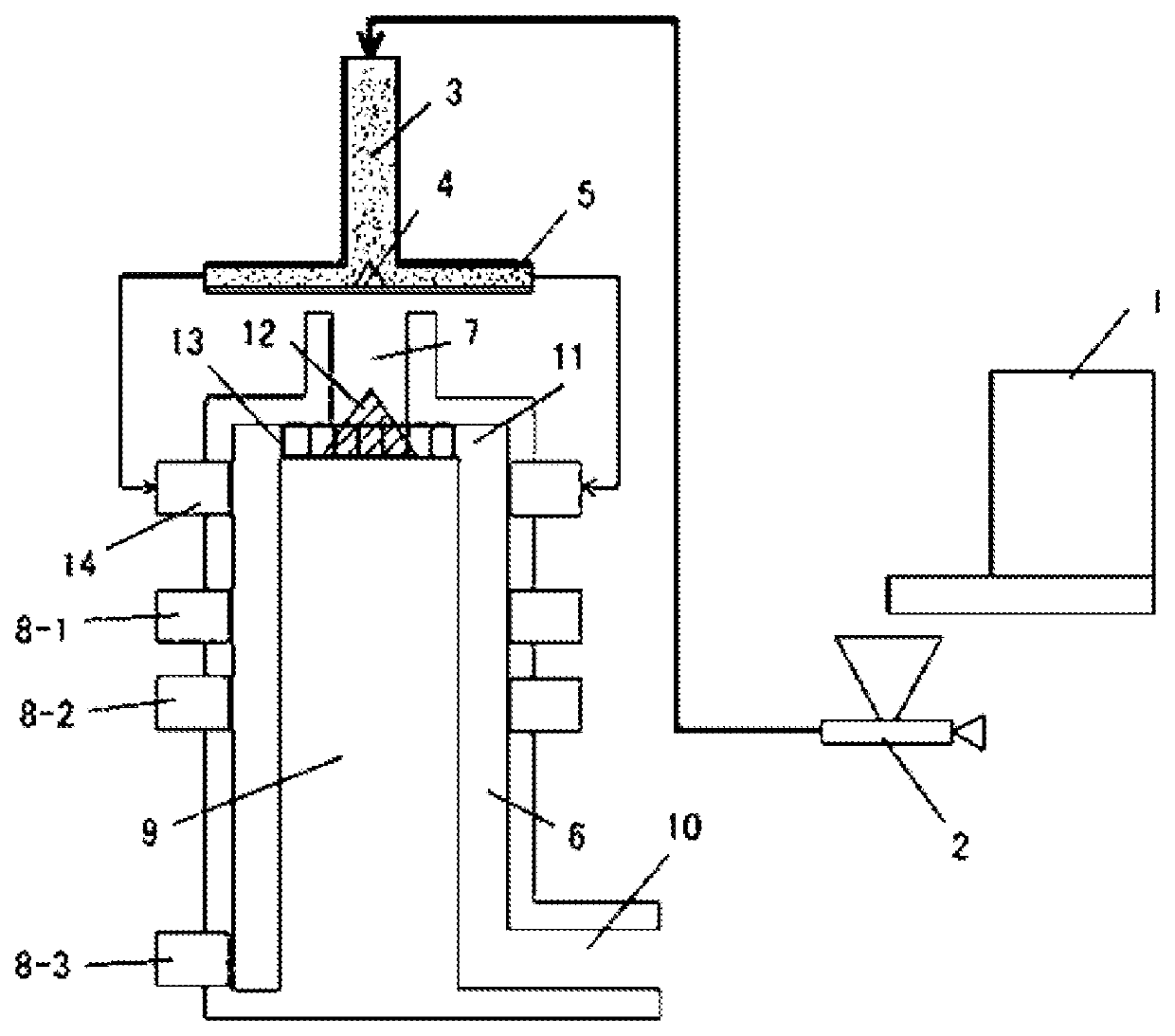Negative-charging toner
a technology of toner and negative charge, applied in the field of negative charge toner, can solve the problems of above-mentioned image defect, and achieve the effects of suppressing the formation of toner melt-adhesion product on the image bearing member, reducing the friction coefficient, and reducing the amount of heat generated by rubbing between the cleaning blade and the image bearing member
- Summary
- Abstract
- Description
- Claims
- Application Information
AI Technical Summary
Benefits of technology
Problems solved by technology
Method used
Image
Examples
example 1
[0254]The two-component developer 1 was put into a developing device of the following image forming apparatus, the above toner 1 was put into a replenishment bottle, and the evaluation described hereinbelow was performed.
[0255]Cleaning Evaluation: Evaluation of Number of Toner Melt-Adhesion Products Generated on Image Bearing Member
[0256]As an image forming apparatus, a modified digital printer for commercial printing imageRUNNER ADVANCE C5560 (manufactured by Canon Inc.) was used. The printer was modified to enable free setting of the fixing temperature, process speed, DC voltage VDC of the developer carrier, charging voltage VD of the electrostatic latent image bearing member, and laser power. Further, the evaluation was performed by using an electrostatic latent image bearing member set at a contact angle of 26° and a contact pressure of 0.294 N / cm (30 g / cm) with respect to the surface of the electrostatic latent image bearing member.
[0257]In the image output evaluation, an FFh i...
PUM
| Property | Measurement | Unit |
|---|---|---|
| number average particle diameter Db | aaaaa | aaaaa |
| number average height | aaaaa | aaaaa |
| number average particle diameter Db | aaaaa | aaaaa |
Abstract
Description
Claims
Application Information
 Login to View More
Login to View More - R&D
- Intellectual Property
- Life Sciences
- Materials
- Tech Scout
- Unparalleled Data Quality
- Higher Quality Content
- 60% Fewer Hallucinations
Browse by: Latest US Patents, China's latest patents, Technical Efficacy Thesaurus, Application Domain, Technology Topic, Popular Technical Reports.
© 2025 PatSnap. All rights reserved.Legal|Privacy policy|Modern Slavery Act Transparency Statement|Sitemap|About US| Contact US: help@patsnap.com



